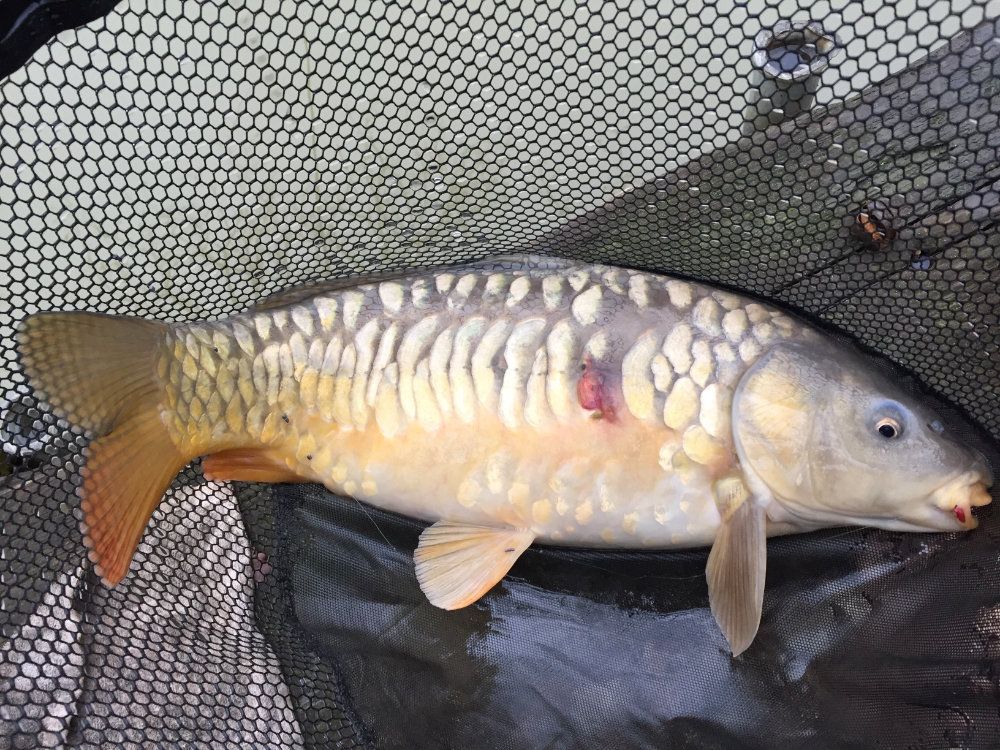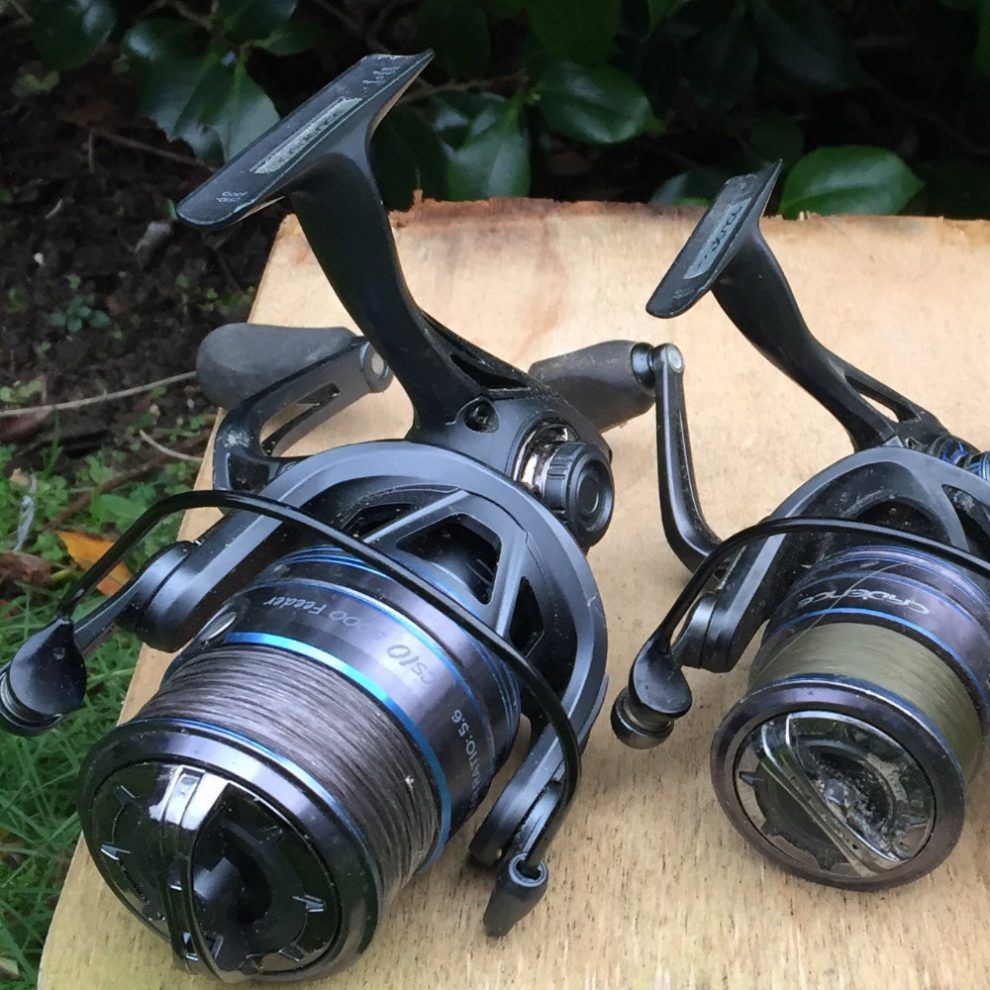In my last blog, I covered the seemingly controversial subject of using bite alarms, within that blog, I didn’t mention the fixed spool reels that I used with the Cadence Specimen rod. You must use bait runner/free running reels to use with an electronic bite alarm, right? Wrong!
For most of my sessions with bite alarms, I use the CS10 5000 Feeder, CS10 4000 or CS6 Reels, except at night on powerful rivers like the tidal Trent. I don’t use them on the tidal Trent because you must set both the free spool friction setting and clutch correctly to hold bottom and prevent the rod from being dragged in. Generally, you sit back from the rod with the rod pointing up in the air, to keep the line out of the water, you risk not being able to reach it in time before the leverage tilts the rod forwards.
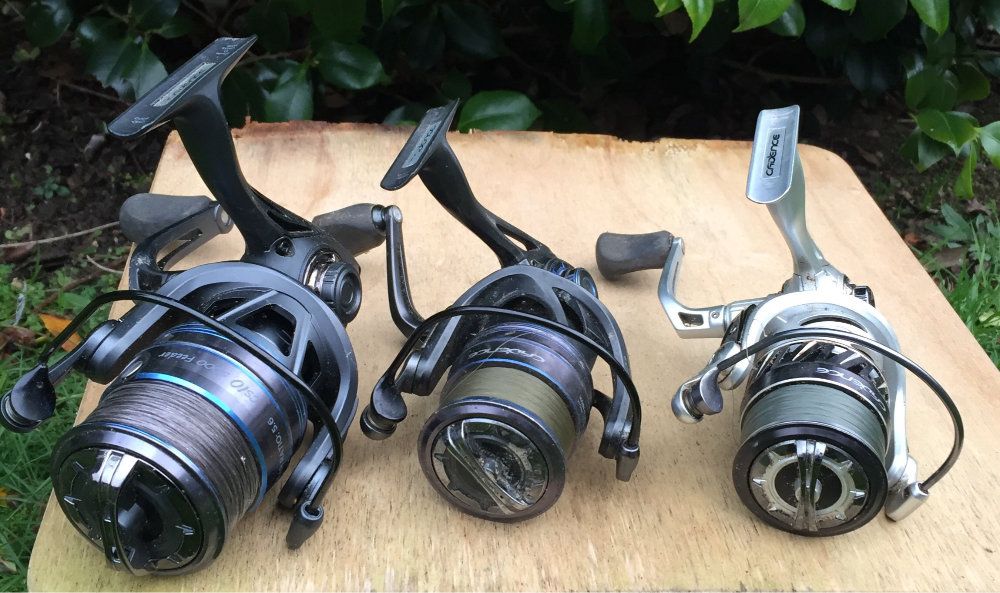
If you want to see how easy it is to nearly lose a rod, watch the video below of James Robbins fishing the flooded river Wye. James looked away for a few seconds to speak to Chappy on camera when “Wow, **** me” as the rod nearly shot off into the river. The only time a bleep has been required on Cadence TV, and the only time I have ever heard James swear. Lovely barbel though chief!
Back to the subject of this blog. Let us look at fixed spool reels, originally when I was a lad, these were referred to as spinning reels. They have an oscillating central shaft, which moves back and forwards, which runs through a fixed spool where the line is wound and a rotating drum with a bail arm attached that lays the line on the spool, the spool is fixed on the central shaft and moves backwards and forwards. The handle on the side is turned to drive the drum round via internal gears. My 48 odd years in engineering have not been wasted.
If you hold a fixed spool reel by the reel foot, which is the part that goes on the rod, between your fingers and wind the handle fast, you can feel a wobble effect. This is caused by the drum being out of balance whilst rotating, and this imbalance is due to the bail arm side of the drum being slightly heavier. This is good for lure fishing as it imparts vibration through the line to the lure.
Vibration is not a problem when using these reels in most coarse fishing situations. Some reel manufacturers have tried to overcome it by adding a counterbalance weight, “to save the bearings” and other adaptations thus increasing the price. We do not wind fast most of the time.
When ledgering we fish a static bait bail arm closed and when trotting we fish with an open bail arm with line allowed to pull away freely in the flow and is controlled by finger pressure on the side of the spool.
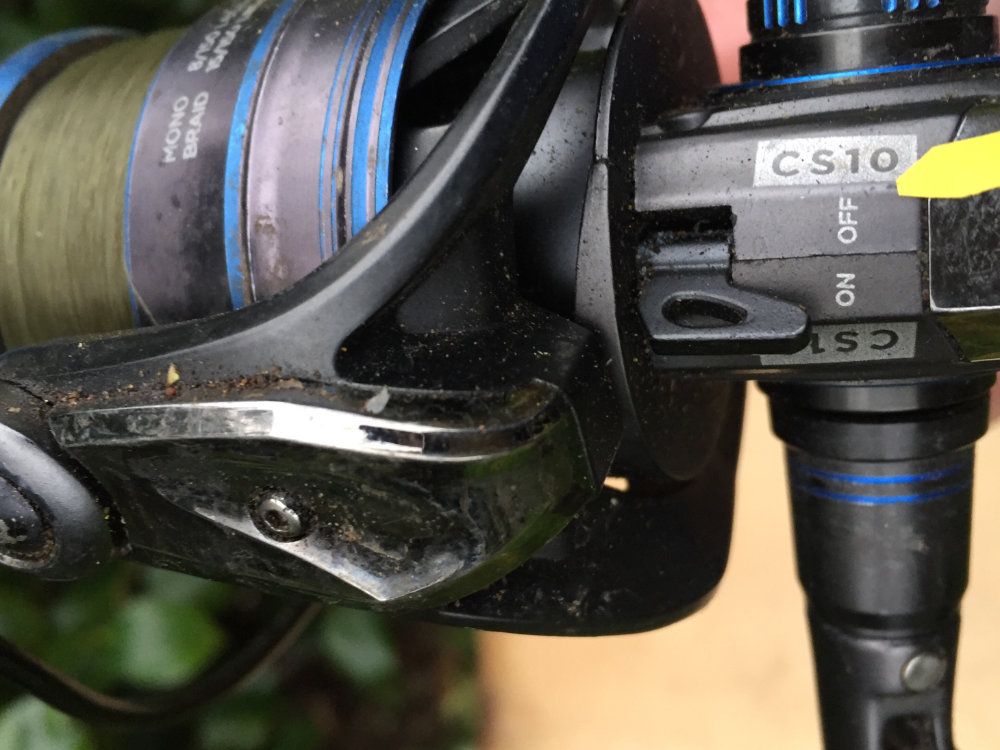
Reels have an anti-reverse mechanism built-in. This is either on or off. When it is on, the reel will not wind backwards. When it is off, the reel can be wound backwards. Many moons ago, fixed spool reels did not have especially good drags, and many anglers chose to play fish with a backwinding technique. This would be done by winding backwards, giving the fish line when in lunged. Some anglers still to this day like the control this gives them. It also reduces line twist, which can be introduced into monofilament lines when using the drag system.
When fishing on still waters, waggler style, I tend to have the anti-reverse one. When the anti-reverse is off, the handle, can, in certain positions, due to gravity, fall. This will cause the bail arm drum to fall backwards slightly, meaning the line on the reel is not tight against the bail arm and can, even in a slight breeze, get caught or wrapped around something on the spool.
Setting the drag
I always have the anti-reverse on when I fish. I prefer to set the drag on the reel rather than backwind when playing fish. The friction drag on Cadence CS reels is brilliant, and I set mine up as follows.
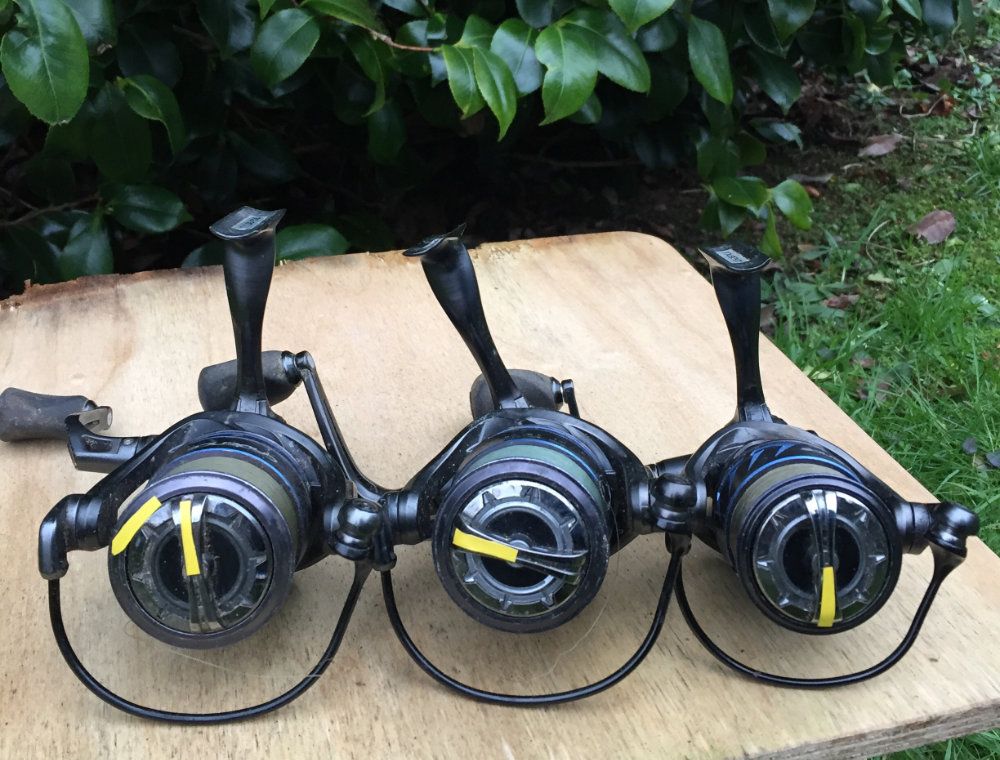
Firstly, make sure the anti-reverse is on. I start by winding the front cap, which holds the spool on the reel, clockwise until I can just pull the line off the spool by hand. This is not up solid. The clutch can then be set by winding the cap backwards anti-clockwise between a half, three quarters, and a full turn. Depending on how easily you want to give line.
You can also hear individual clicks from the clutch mechanism on adjustment. It is straightforward to adjust the tension while playing a fish as you can adjust with your winding hand while moving the rod towards the fish. Slowly pull the rod back without winding, this exerts pressure through the rod’s action to control but allows the fish to take line if it lunges. This is referred to as a pumping action, as the fish nears the net, I reduce the clutch more and just finger pressure on the side of the spool, as many fish can be lost with a final lunge on a tight drag.
When using electronic bite alarms, I cast out, sink the line, and tighten up with the rod on the rest with a small gap between the first rod guide and the alarm. I set the clutch in the same manner as above and clip the bobbin onto the line in the gap. I then pull line off the spool with the ratchet set, to give the required drop below the alarm.
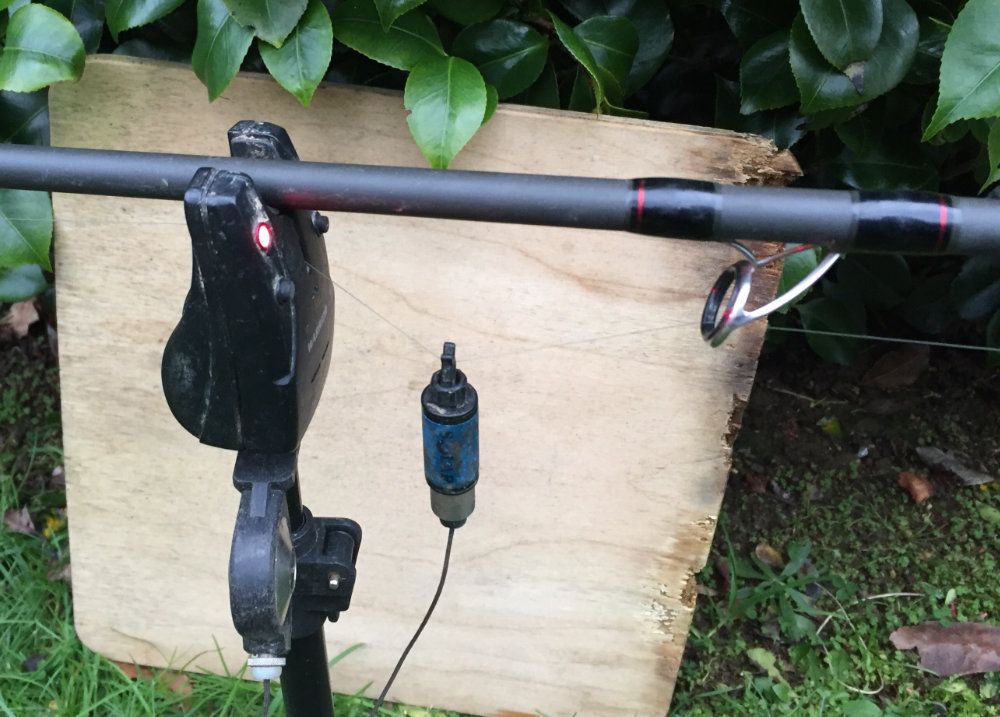
When you get a bite, you just pick the rod up. There is no need to strike as the line is already tight and just lifting the rod off the rest, sets the hook.
Top Tip
One thing to look out for when casting is to check that the line has not twisted or wrapped around the rod rip or quiver tip between casts. This is done just before you re-cast by pulling the line between the reel and the first rod guide. Everything should move up and down freely. If you don’t check a twist could snap the tip of the rod — an expensive error.
